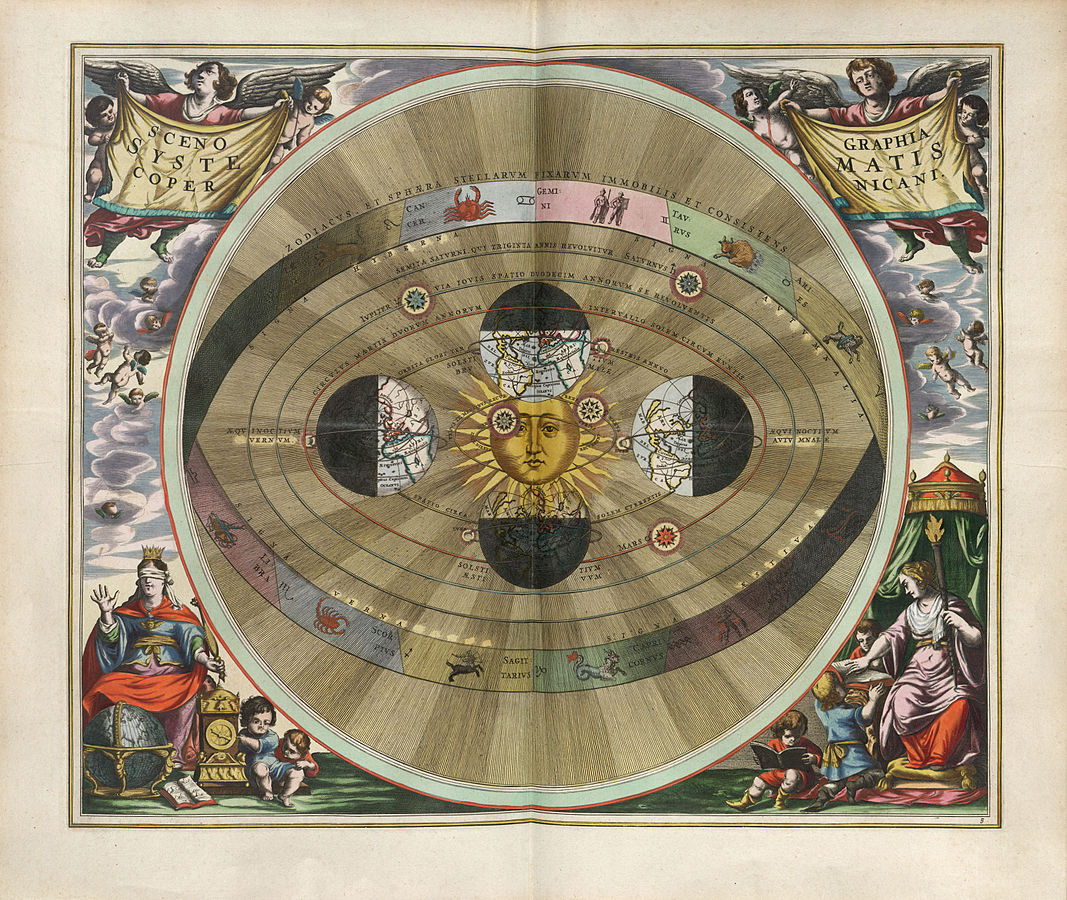The mythology of programming language ideas
If you read a about the history of science, you will no doubt be astonished by some of the amazing theories that people used to believe. I recently finished reading The Invention of Science by David Wootton, which documents many of them (and is well worth reading, not just because of this!) For example, did you know that if you put garlic on a magnet, the magnet will stop working? Fortunately, you can recover the magnet by smearing goats blood on it. Giambattista della Porta tested this and concluded that it was false, but Alexander Ross argued that our garlic is perhaps not so vigorous as those of ancient Greeks.
You can just laugh at these stories, but they can serve as interesting lessons for any scientist. The lesson, however, is not the obvious one. Academics will sometimes read those stories and use them to argue against something they do not consider scientific - arguing that it is like believing that garlic break magnets.
This is not how the analogy works. What is amazing about the old stories is that the conclusions that now seem funny often had very solid reasoning behind them. If you believed in the basic assumption of the time, then you could reach the same conclusions by following fairly sound reasoning principles. In other words, the amazing theories were scientific and entirely reasonable. The lesson is that what seems a completely reasonable idea now, may turn out to be wrong and quite hilarious in retrospect.
In this article, I will look at a couple of amazing theories that people believed in the past and I will explain why they were reasonable given the way of thinking of the time. Along the way, I will explore some of the ways of thinking that we use today about programming and computer science and why they might appear silly in the future.
Published: Tuesday, 7 March 2017, 4:31 PM
Tags:
academic, programming languages, philosophy
Read the complete article
Towards open and transparent data-driven storytelling: Notes from my Alan Turing Institute talk
As mentioned in an earlier blog post, I've been spending some time at the Alan Turing Institute recently working on The Gamma project. The goal is to make data visualizations on the web more transparent. When you see a visualization online, you should be able to see where the data comes from, how it has been transformed and check that it is not misleading, but you should also be able to modify it and visualize other aspects of the data that interest you.
I gave a talk about my work as part of a talk series at The Alan Turing Institute, which has been recorded and is now available on YouTube. If you prefer to watch talks, this is a good 45 minute overview of what I've been working on with great video quality (the video switches from camera view to screen capture for demos!)
If you prefer text or do not have 45 minutes to watch the talk (right now), I wrote a short summary that highlights the most important ideas from the talk. You can also check out the talk slides, although I'll include the most important ones here.
Published: Thursday, 2 March 2017, 12:53 PM
Tags:
thegamma, data journalism, programming languages
Read the complete article

